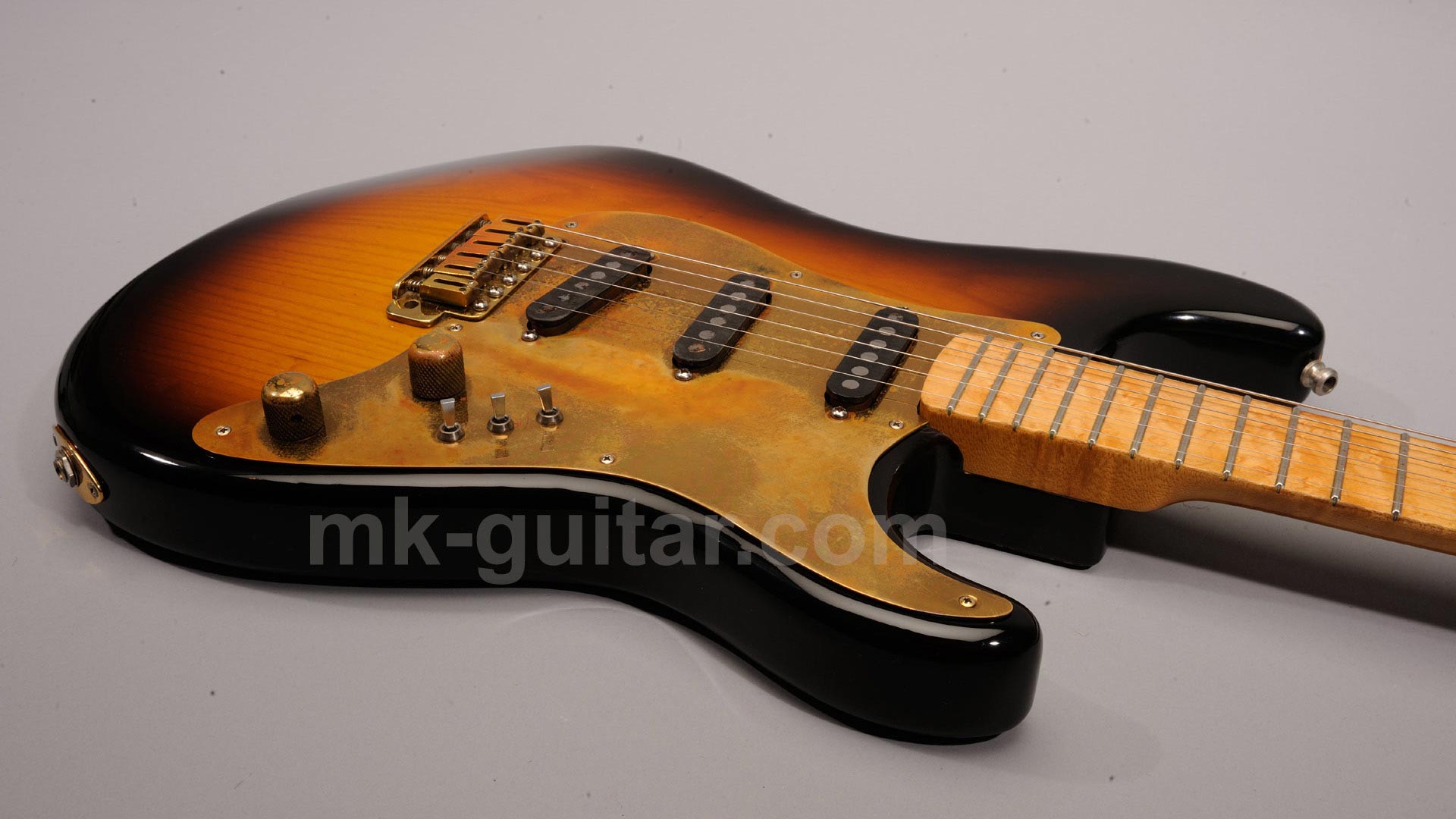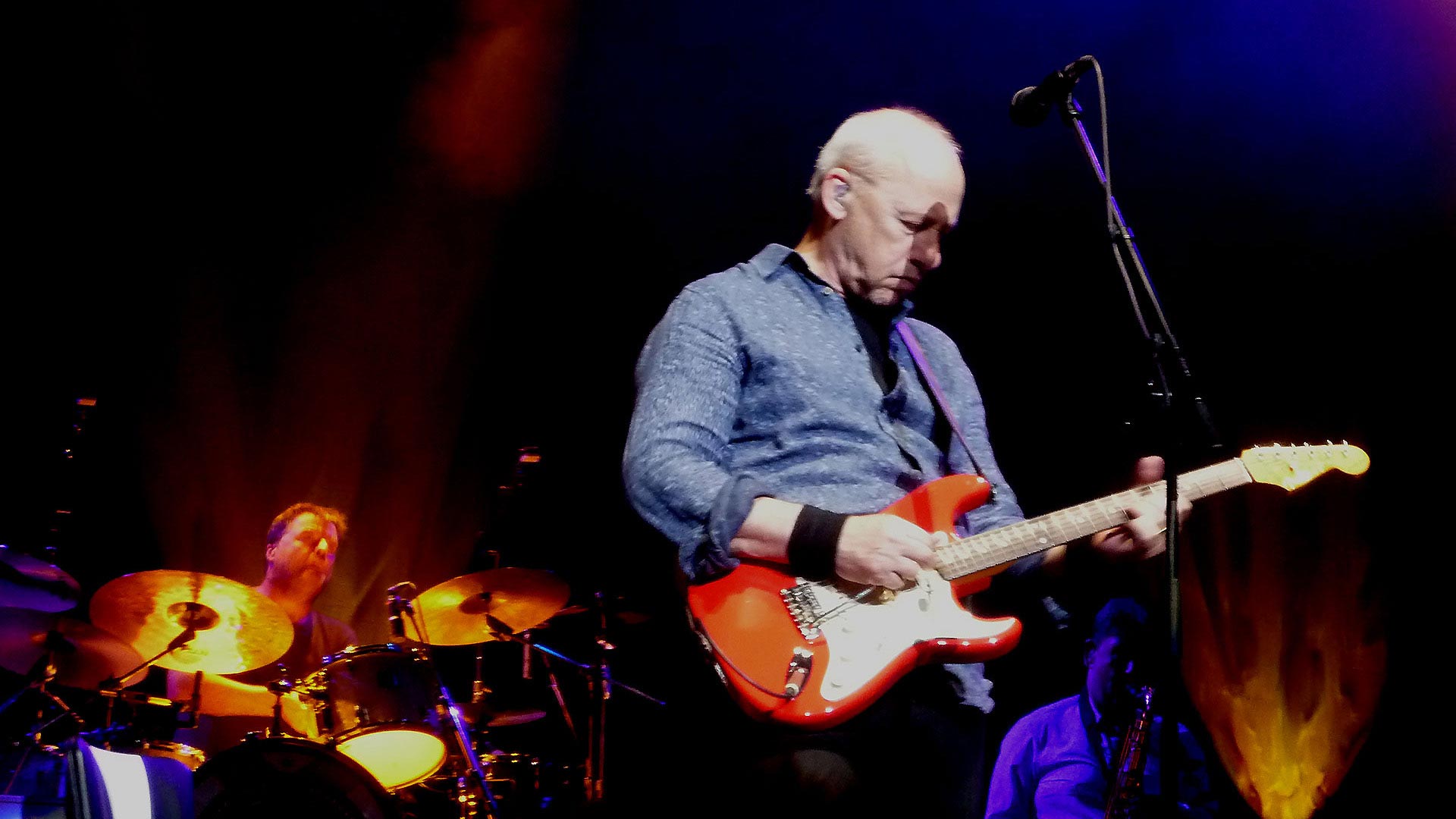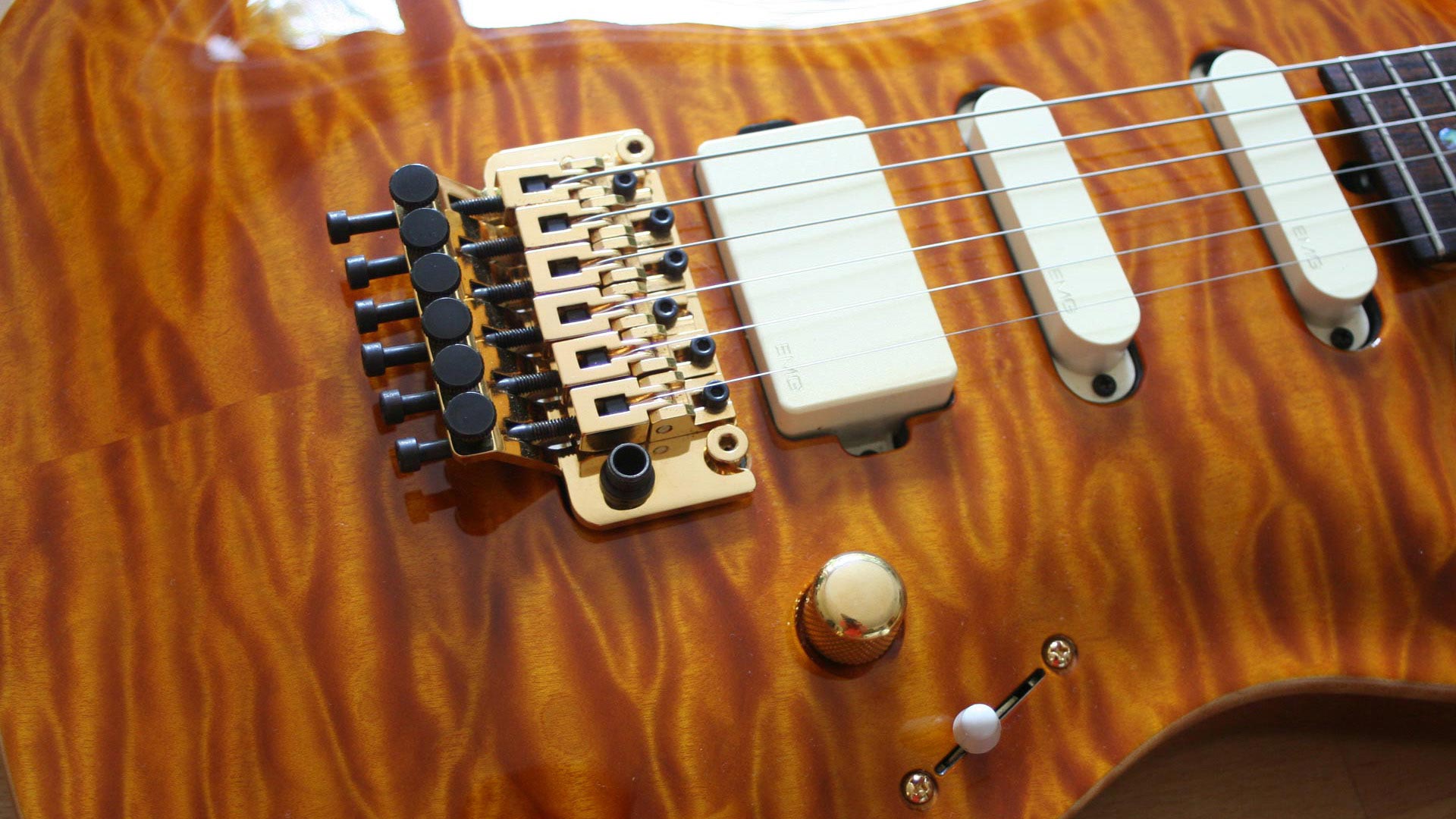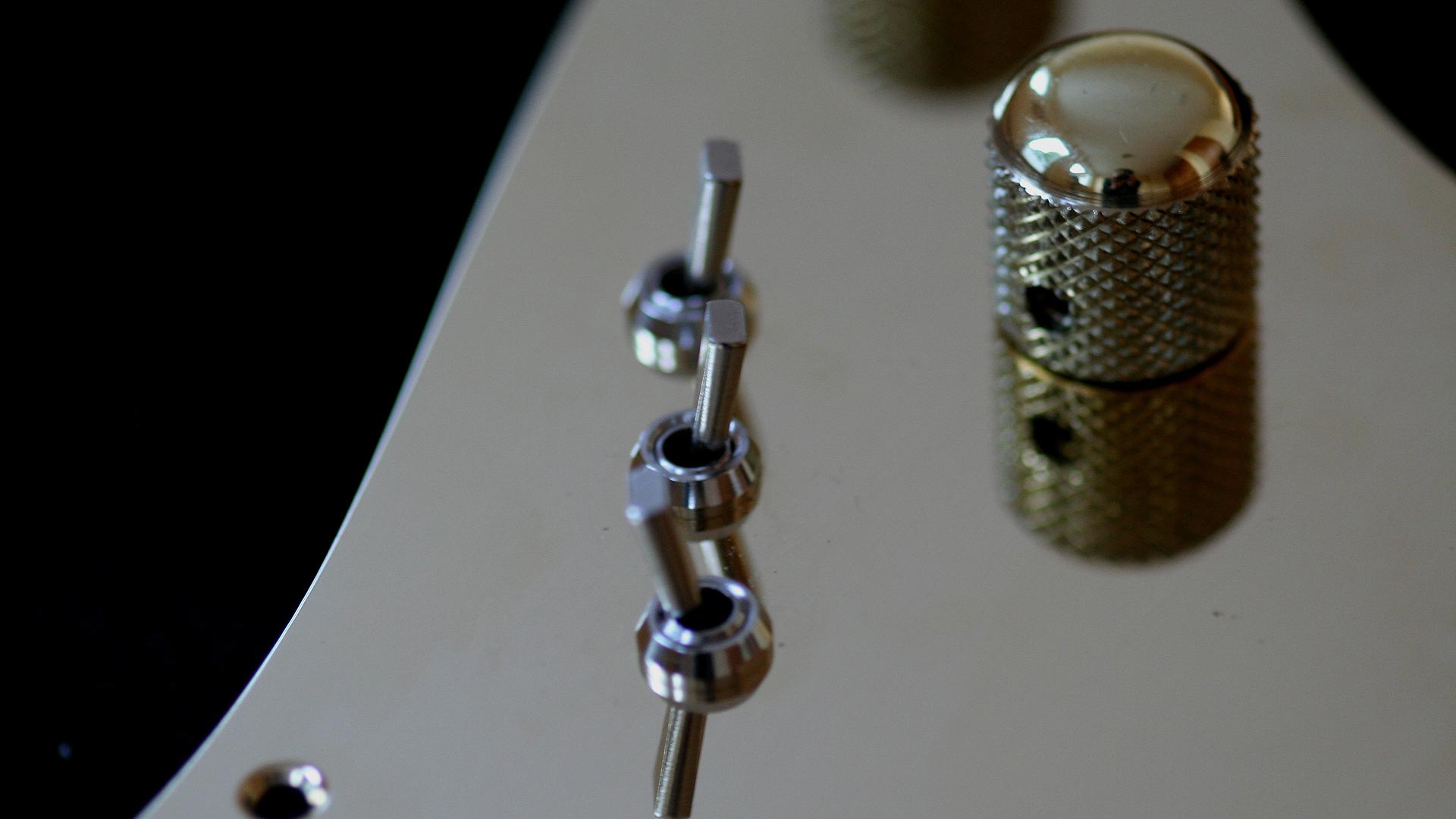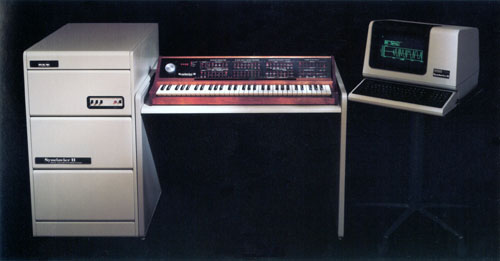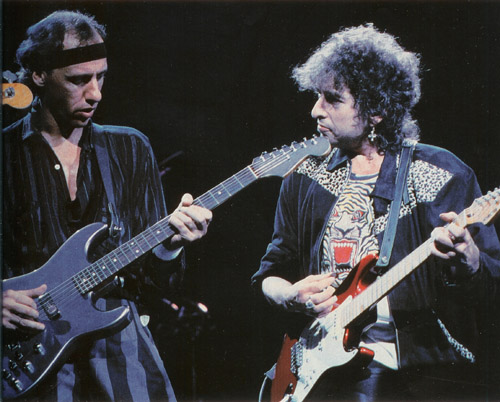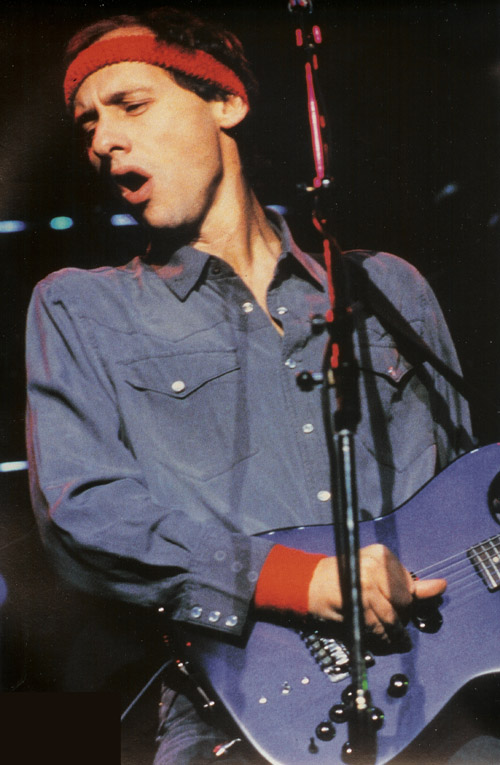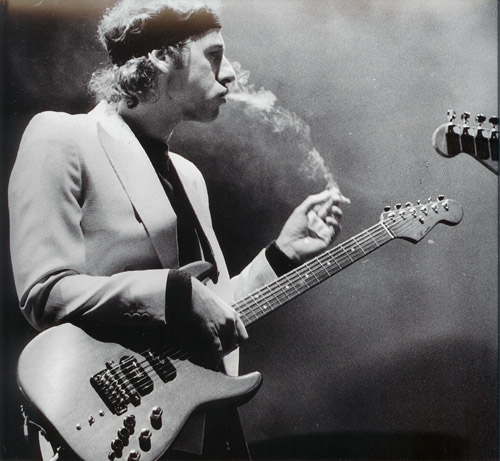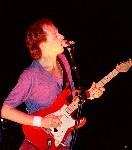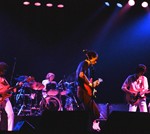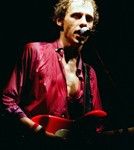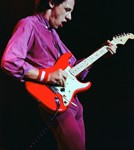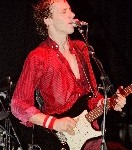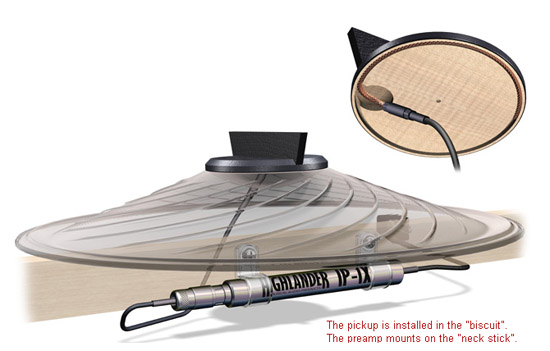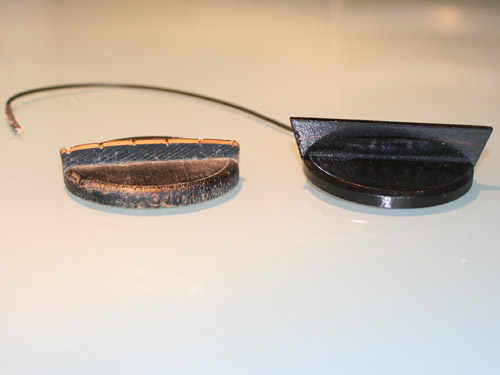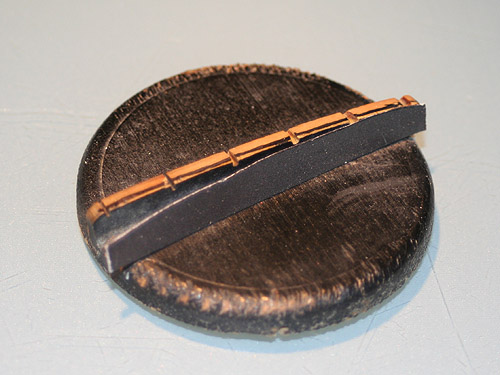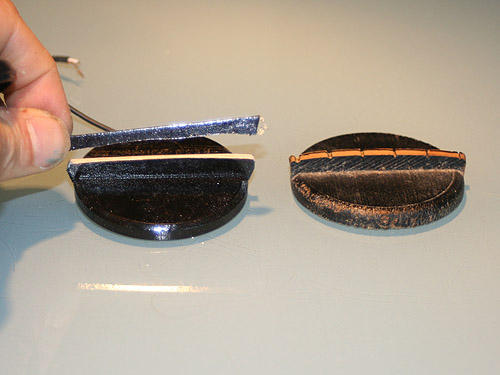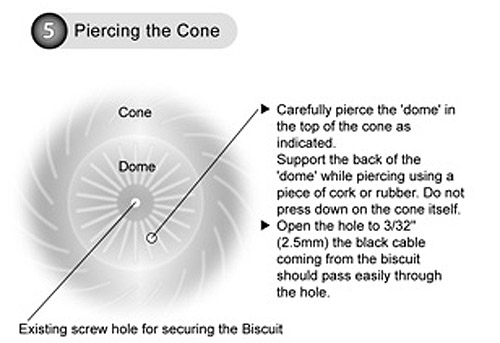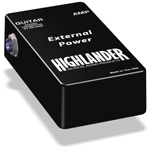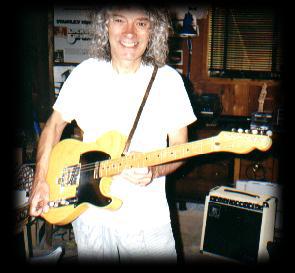Recording acoustic guitar with two microphones – Audio Technica AT 4050 and Schoeps CM 64
I recently recorded an acoustic guitar for a cover version of Brothers in Arms. I used two different microphones – a large diaphragm condensor Audio Technica AT 4050 near the bridge and a small diaphragm condenser Schoeps CM 64 over the neck. I had seen pictures showing Mark using a similar approach from a radio promo recording he did a few years back.
I recorded both mics to separate channels of a stereo track into Cubase. When hearing the result I was pleased with the broad stereo sound and left it as it was. Of course you can mix both sources with different panning and volumes to be much more versatile.
I made a sound file for you for demonstration, you can hear the mix of both microphones but also both individually (in the mix and alone) to judge about their different sound capabilities. The old (1962) Schoeps is a great mic. It has a tube circuit and a nice treble boost for that warm and crisp high end. Of course there are many other great ways to position two microphones, this being just one.
The guitar is a 1976 Gibson MK 81 by the way. It will be featured in a future article.
